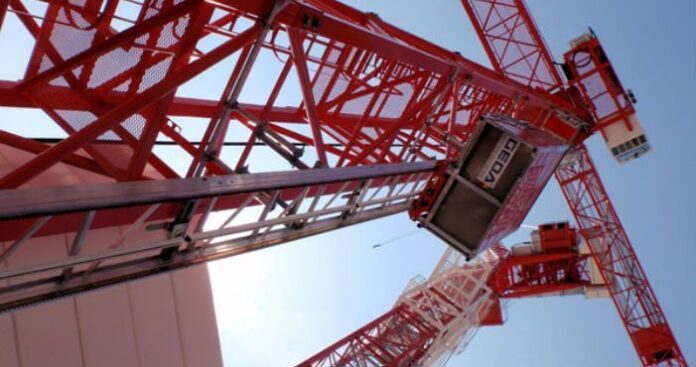As data demands increase, so does energy consumption from high-density data and communications equipment on cell towers. This leads to the need for increased efficiency in power systems, especially in places with unreliable power grids. The push into rural areas and underdeveloped countries is another driving force causing tower owners to look for more energy efficient options for their macro sites.
On this week’s episode of Cell Tower News, Brian McCrea, National Accounts Manager for OEMs and DAS at Alpha Technologies, talked about the problem of power efficiency in cell towers and offered a few possible solutions.
“You’ve got to get more out of what you’ve deployed. You can’t just keep deploying new infrastructure every two to three years,” McCrea explained. “They get down to the 600 frequencies … you’re going to want more power at the top and you’re going to want to reuse what you already have there.”
Currently, most macro site power systems use rectifiers to convert AC energy into DC energy. DC power systems are made up of many complex parts including frameworks, infrastructure in the frameworks, input/outputs, distribution and management systems and controllers and converters. A 2011 study predicted “some generator set manufacturers will start developing DC or variable-speed generators to meet the increased fuel-efficiency requirements of cell tower sites.”
One possible solution McCrea has studied in the past is DC to DC converters.
“What that allows them to do is allows them to put more power up at the top of the towers, re-utilizing existing or smaller cables, so if you could do something that would allow you to get the efficiency up or built into the rectifier or its a variable voltage and overcome the i squared r losses going to the top of the tower,” he said of the possible solution. “What that allows you to do is you can get more out of your battery. Problem is, how often do you use your battery?”
McCrea says lack of battery usage might not make it worth the investment. Generally backup batteries are only used 15 minutes to 30 minutes every two years unless you’re in a bad grid area. Deployment costs are a big issue.
McCrea studied the DC to DC possibility a few years back.
“One of the things we kicked around with one of the OEM tower companies a couple years ago was DC to DC converters and does the inefficiency of the conversions offset the capital deployment? Initially no,” he said. “The DC to DC converters are too inefficient. … Right now they’re probably at 90%. They need to be higher.”
“I did a business case on that two or three years ago, the payback operationally didn’t make sense at that time because it was two pieces of equipment, it was additional capital, but if you could do the replacement … and also get more distribution points, which every carrier is looking for in a macro site, it might make sense,” he added. “I think we’re on the cusp of it. I don’t think we’re truly there yet, but I think within a year or so someone will get there.”
However McCrea says perhaps the best solution is improving RF efficiency. “It’s not very efficient right now. That would help out more so than putting a DC to DC converter or something to get higher voltages to the top.”
Other companies are working on this problem as well. GE Energy is looking to the sun to make towers more efficient. They recently introduced ECO Priority Source, which powers telecommunications equipment using solar technology.
“Power comes into the hut from the solar panels on the outside of the building in through the connector box and into one of two systems, both of which are solar powered as well as being able to accept power from a backup generator and other sources that may be available,” explained Paul Smith, technical marketing manager for GE’s Critical Power Division.
The hut houses a DC power system, which takes energy from solar cells and converts it to 48 volts DC using rectifiers. The power is then used to charge batteries, run loads and operate equipment in other systems. There are also AC load inverters inside that power incidental AC loads, as well as the primary DC loads.

